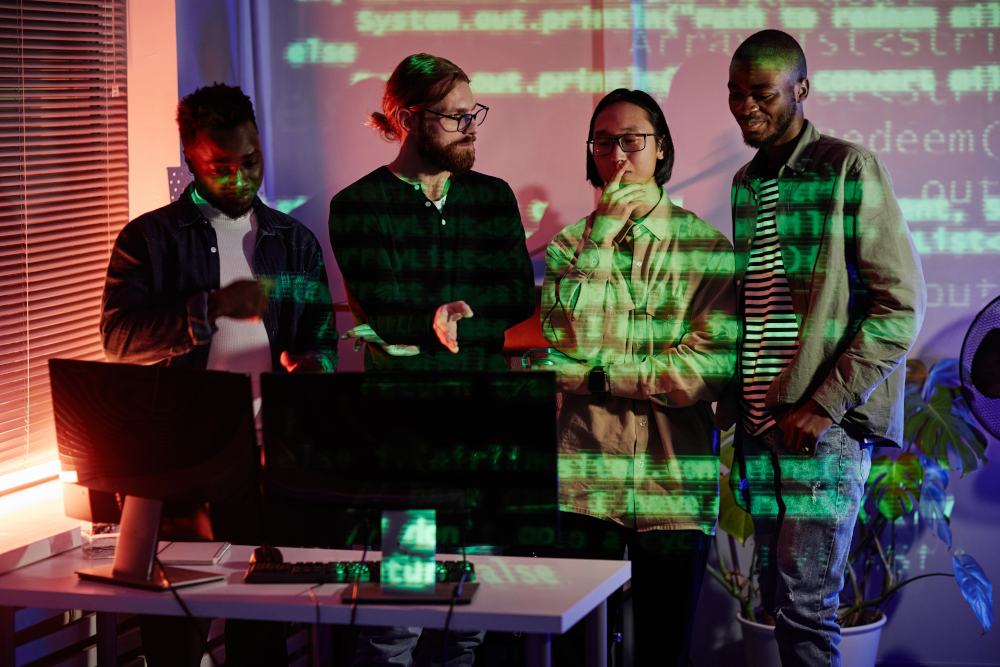In the rapidly evolving landscape of software development, the integration of DevOps practices and containerization technology represents a significant paradigm shift. This amalgamation not only streamlines the process of managing applications but also emphasizes a culture of rapid innovation and seamless collaboration. Containers offer unmatched consistency and flexibility across varied environments, making them indispensable in the DevOps toolkit. However, at the intersection of these advancements lies the critical domain of container security—ensuring that the swift pace of development does not compromise the security and integrity of the applications. Yet, the path to robust container security is fraught with challenges. Overcoming these obstacles requires a strategic, proactive approach to security, embedded throughout the CI/CD pipeline, to protect against vulnerabilities and ensure the safe delivery of software in this dynamic DevOps world.

Containers, by their nature, often incorporate an array of third-party libraries and components, making the task of monitoring vulnerabilities within these dependencies a daunting endeavor. Moreover, misconfigurations in how containers are run can compromise their isolation from one another, potentially opening doors for unauthorized access. Additionally, embedding secret values directly into code or container images poses a significant risk as visibility of the source code equates to access to these secret values, increasing the vulnerability to compromise. The broader the circle of individuals privy to these secrets, the higher the probability of a security breach.
Furthermore, the absence of stringent network segmentation and controls amplifies the risks associated with container security. Without effective mechanisms to limit container interactions and enforce network policies, the scope of an attack could extend across the entire cluster or, in more severe cases, span the entirety of the container infrastructure across multiple cloud environments.

Transitioning through these challenges necessitates a sophisticated approach to container security—one that not only anticipates potential vulnerabilities but also implements preemptive measures to mitigate risks. As the landscape of software development continues to evolve, the role of container security becomes ever more critical, ensuring that the path toward innovation remains safeguarded against the ever-present threat of cyber-attacks.
Integrating security measures at the outset of the CI/CD pipeline is crucial for identifying and addressing potential risks prior to deployment. By incorporating automated vulnerability scanning, cybersecurity teams can effectively screen for Common Vulnerabilities and Exposures (CVEs) that may infiltrate container images. This proactive approach serves as a critical safeguard for your software supply chain, especially as third-party code becomes increasingly integrated into projects. Establishing robust access controls further enhances security by restricting container access exclusively to essential personnel. Implementing comprehensive authentication and authorization protocols ensures that only authorized individuals can interact with the containers, bolstering the system’s defenses. Moreover, it’s imperative to maintain vigilance through continuous monitoring and regular updates of container images and their dependencies. This dynamic approach is key to safeguarding against the emergence of new vulnerabilities, thereby securing the integrity and resilience of the software development lifecycle.

The journey toward integrating container security within DevOps practices is a nuanced and complex one. The continuous evolution of software development underscores the urgency of embedding security considerations directly into the CI/CD pipeline, ensuring that rapid innovation does not come at the expense of application security. By embracing practices such as automated vulnerability scanning, stringent access controls, and continuous monitoring, organizations can fortify their defenses against the multifaceted threats that containers may pose. Furthermore, fostering a culture that prioritizes security as a core component of the development process is essential for mitigating risks and enhancing the overall security posture. As we move forward in this dynamic landscape, the emphasis on robust container security practices will undoubtedly play a pivotal role in shaping the future of software development, ensuring that organizations can continue to innovate safely and efficiently in the face of ever-present cyber threats.

